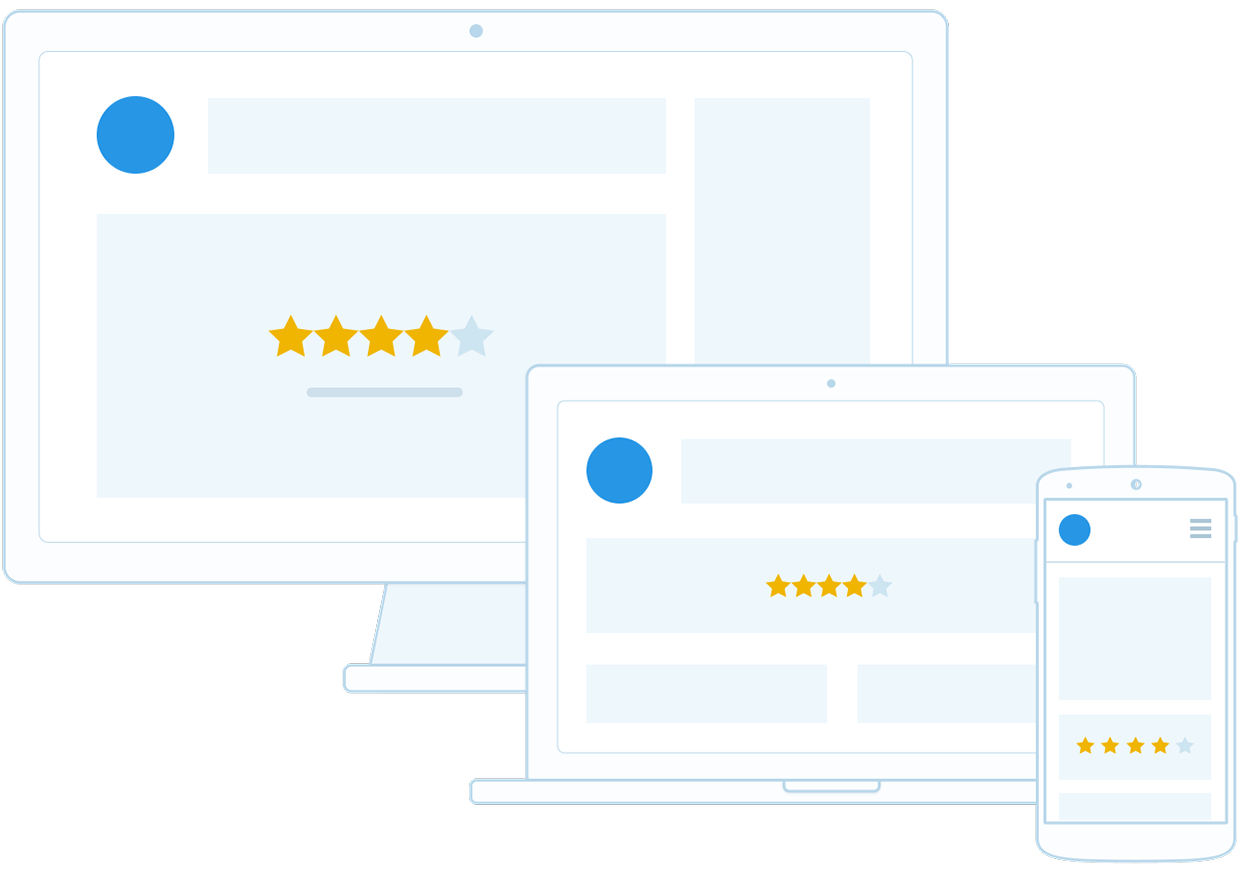
You can add a breakpoint by using the Add New button.īreakpoints are always sorted from largest to smallest. You can drag a breakpoint in a ruler.įor New projects, you can use the three default values or create a new one by using the Add New button.įor existing projects, you do not have any default breakpoints.
RESPONSIVE LAYOUT MAKER PAGE LIMIT MAC
You can also use a key (Command + D key in Mac and Ctrl + D key in Windows) when you reach the required width to insert a breakpoint of a specified width when you are resizing a breakpoint. This provides a quick review so that you can determine the exact width where the content design breaks during the resize. You can resize the breakpoints using the resize handle icon on the right side of the canvas. You cannot hide the ruler when breakpoints are set for a form.

When you click a break point, the canvas resizes to the width specified on that breakpoint and all the content in the canvas adjusts according to the specified canvas width. You can switch between various breakpoints set on the canvas. When you hover on the breakpoint section, the breakpoint area is highlighted in the ruler indicating the screen size. The ruler in the form assists you in viewing these breakpoints. You can either use them or you can create your own custom breakpoint and use it. There are three pre-existing breakpoints: Mobile, Tablet, and Desktop These breakpoints help you to resize your web application to pre-set scales.
RESPONSIVE LAYOUT MAKER PAGE LIMIT FREE
Responsive web enables you to design your desktop web applications to fit various layouts and create a glitch free browsing experience. When your app is open in a browser, if the browser window resizes, content which is in a bigger layout does not resize according to the smaller layout automatically. IMPORTANT: You must enable the Responsive Web feature in the Desktop Web Properties section here. The Responsive Web design feature is currently available only for the Desktop Web platform. From Quantum Visualizer V8 SP2 onwards, you can build Responsive Web desktop applications from within Quantum Visualizer.įor a more hands-on approach on the Responsive Web Design feature provided by Quantum Visualizer AppPlatform, import and preview the Resort Feature sample app by using Quantum Visualizer. Prior to Quantum Visualizer V8 SP2, Responsive Web Design was achieved through code. For more information about Progressive Web Apps, click here.įrom Quantum Visualizer V8 SP2, the existing Responsive Web Design feature has been enhanced. For example, if you have a website (web page/web app) that is mobile responsive, you can leverage the new features supported by modern web browsers to make it a Progressive Web App. NOTE: A Progressive Web App (PWA) acts as a progression of a Responsive Web app. Responsive Web Design supports the following features: Using Responsive design, you can design a web page for different form factors in a single FlexForm.

When you resize a web browser screen, content in the browser resizes based on the resizing design. Responsive Web Design is about using HTML and CSS to automatically resize, hide, shrink, or enlarge a website, to make it look good on all devices (desktops, tablets, and phones).įrom Quantum Visualizer V8 onwards, the Responsive Web Design feature has been implemented in Quantum Visualizer. The goal of Responsive Web Design is to build web pages that can detect a user's screen size and orientation, and then change the layout accordingly. Responsive Web Design is an approach to web-page creation that makes use of flexible layouts, flexible images, and cascading style sheet (CSS) media queries.


 0 kommentar(er)
0 kommentar(er)
